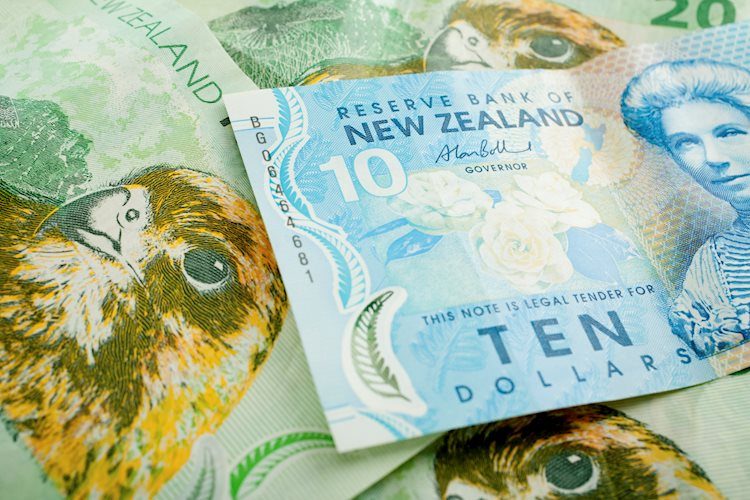The NZD/USD pair held its position following a slight improvement in business activity in New Zealand, with the Business NZ Performance of Services Index rising to 45.5 in August from 45.2 in July. Despite this increase, the New Zealand Dollar (NZD) may face challenges due to speculation that the Reserve Bank of New Zealand (RBNZ) will implement aggressive interest rate cuts in the near future.
After initiating its policy-easing cycle unexpectedly in August, the RBNZ is expected to reduce its Official Cash Rate (OCR) at each remaining policy meeting for the year. Traders are eager to see New Zealand’s Gross Domestic Product (GDP) data for the second quarter later in the week to gain further insights into the RBNZ’s monetary policy outlook.
Investors are also closely monitoring the upcoming policy decision from the US Federal Reserve (Fed) later in the week. The market is divided on whether the Fed will implement a rate cut of 25 basis points (bps) or 50 bps. According to the CME FedWatch Tool, the likelihood of a 25 bps rate cut stands at 48.0%, while the probability of a 50 bps rate cut has increased to 52.0%.
Traders will be paying close attention to the FOMC Press Conference for any indications of the future of US interest rates. A more aggressive easing approach signaled by Fed Chair Jerome Powell could exert downward pressure on the US Dollar, potentially providing a boost to the NZD/USD pair.
The New Zealand Dollar (NZD), also known as the Kiwi, is influenced by the health of the New Zealand economy, central bank policy, and factors such as the performance of the Chinese economy and dairy prices. The Reserve Bank of New Zealand (RBNZ) aims to maintain an inflation rate between 1% and 3% and adjusts interest rates accordingly. Macroeconomic data releases in New Zealand play a key role in assessing the state of the economy and can impact the valuation of the NZD.
The NZD tends to strengthen during risk-on periods when market risks are perceived as low and investors are optimistic about growth. On the other hand, the currency may weaken during times of market turbulence or economic uncertainty as investors seek safe-haven assets. Overall, factors such as economic growth, inflation rates, interest differentials, and market sentiment influence the movement of the NZD/USD pair in the foreign exchange market.











